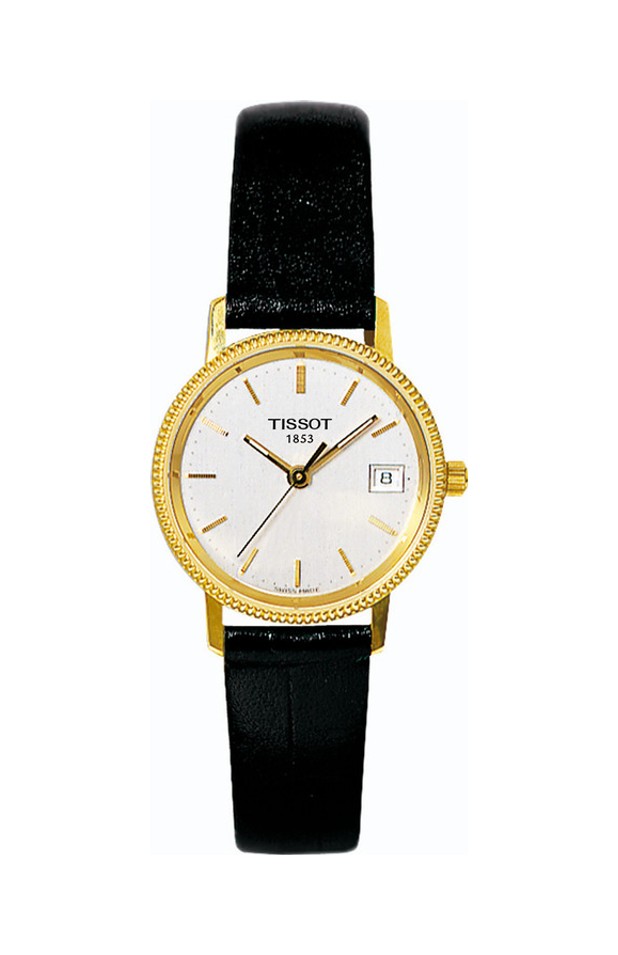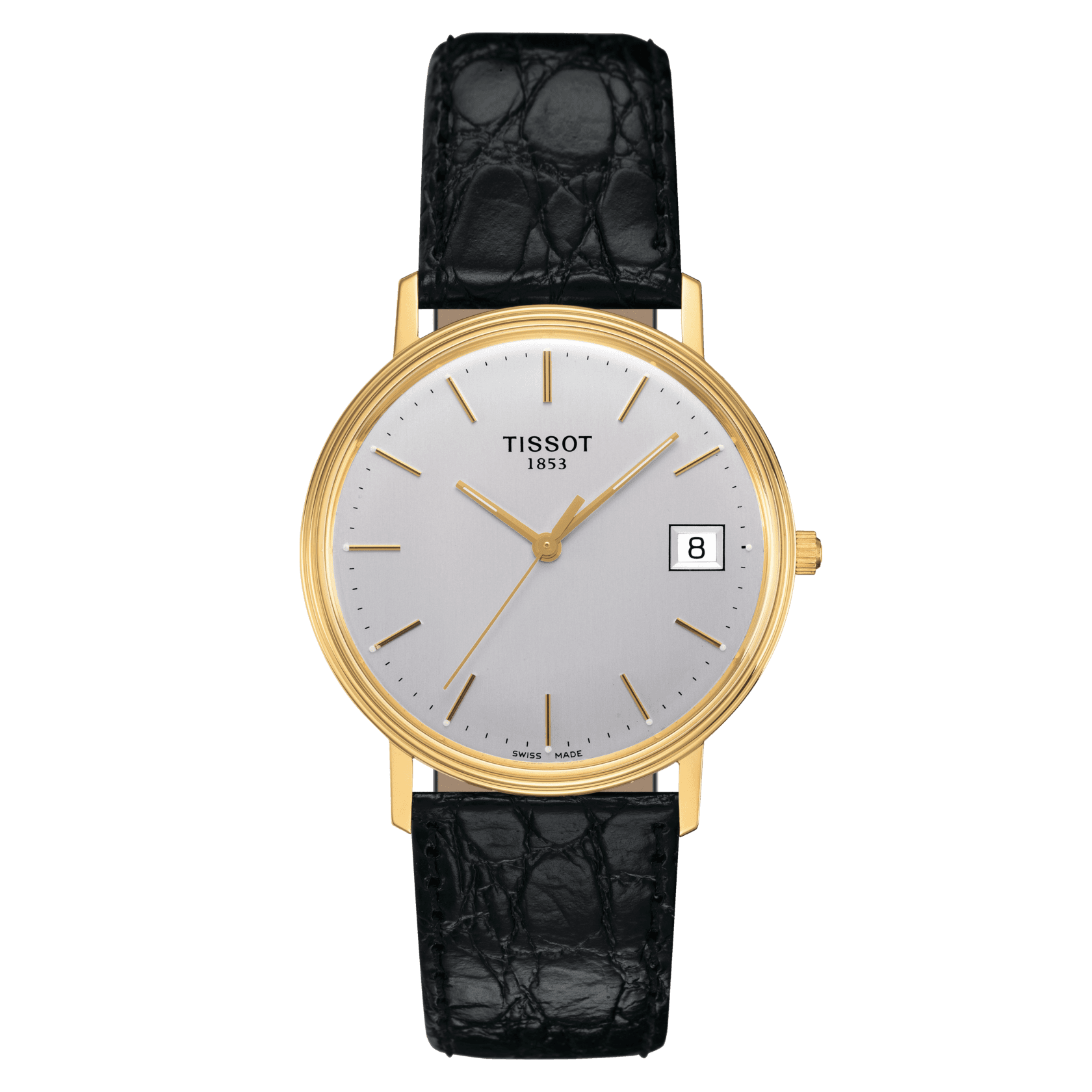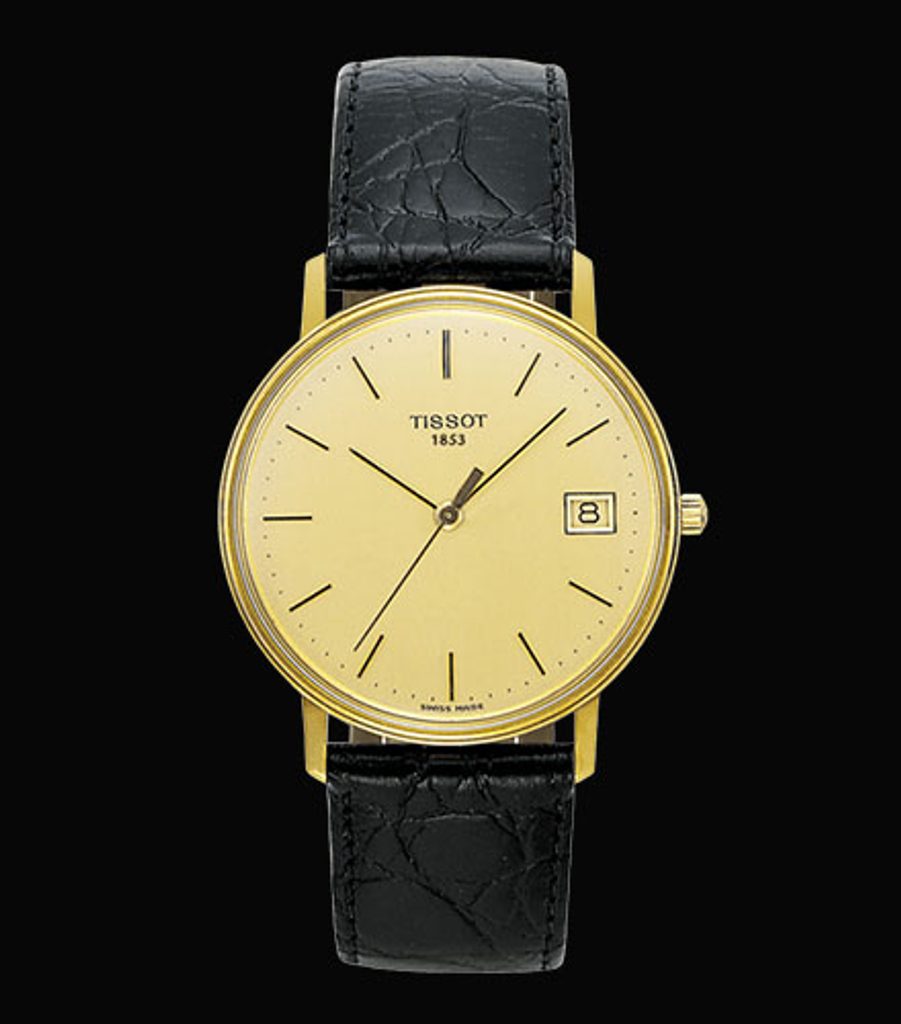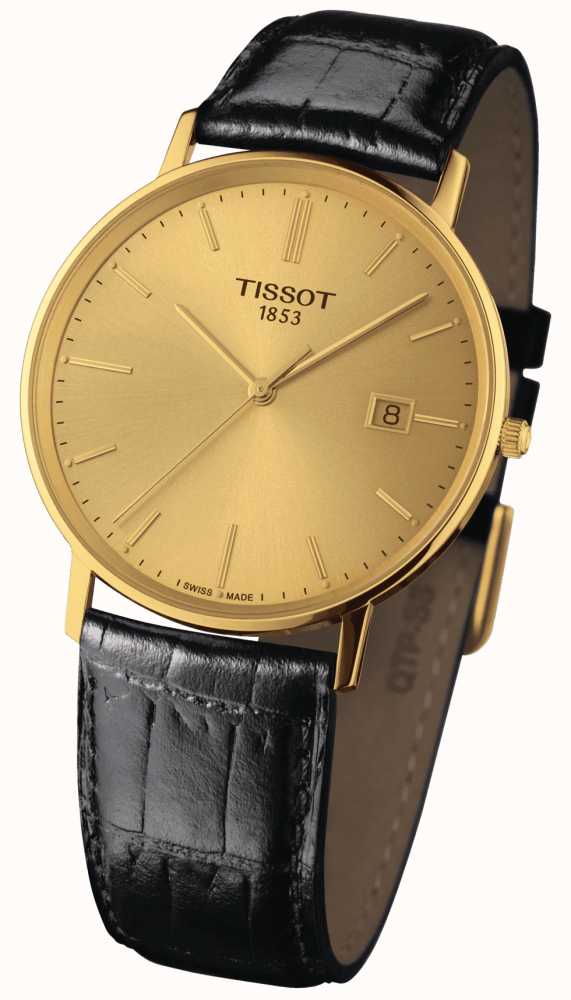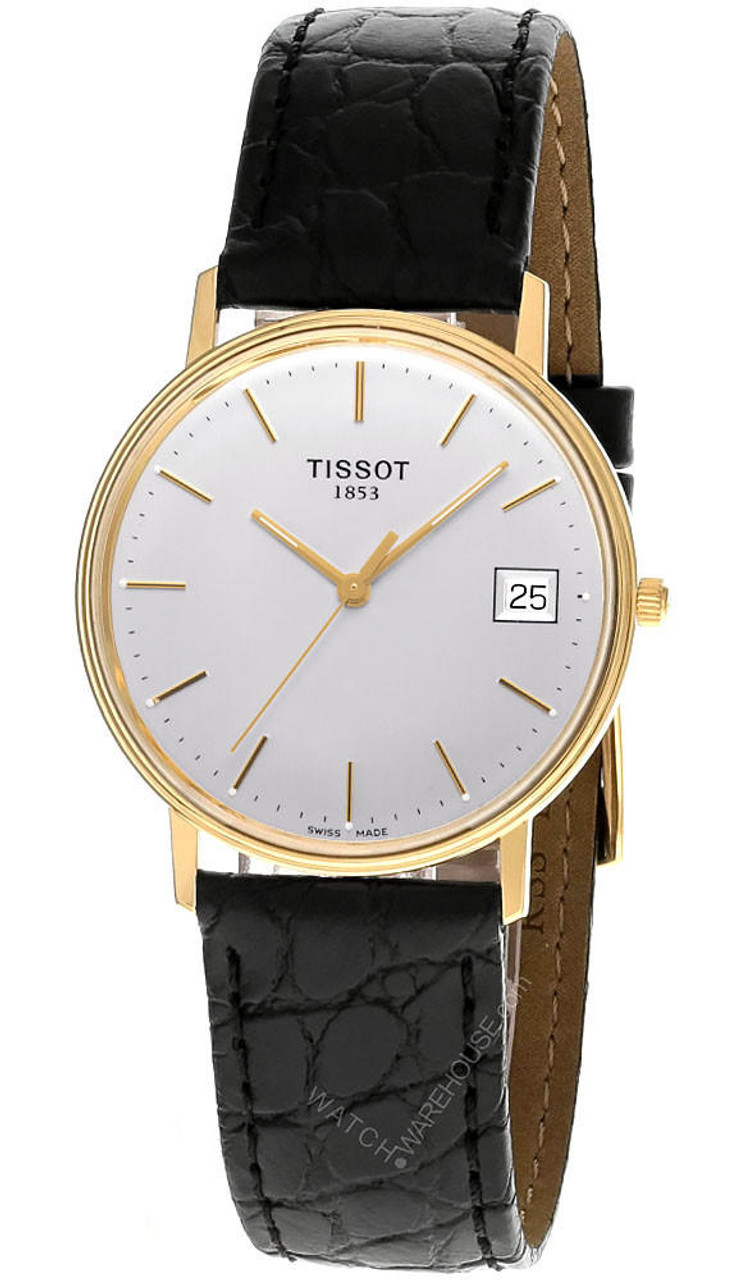
TISSOT Goldrun Hesalite 33.7MM 18K Gold Silver Dial Women's Watch T71.3.401.31 | Fast & Free US Shipping | Watch Warehouse

Tissot TISSOT GOLDRUN HESALITE 18K GOLD SONDERPREIS in Brandenburg - Brieselang | eBay Kleinanzeigen ist jetzt Kleinanzeigen

Tissot Goldrun Hesalite Champagne Dial Unisex Watch T71340121 T71.3.401.21 7611608011683 - Watches, Goldrun Hesalite - Jomashop

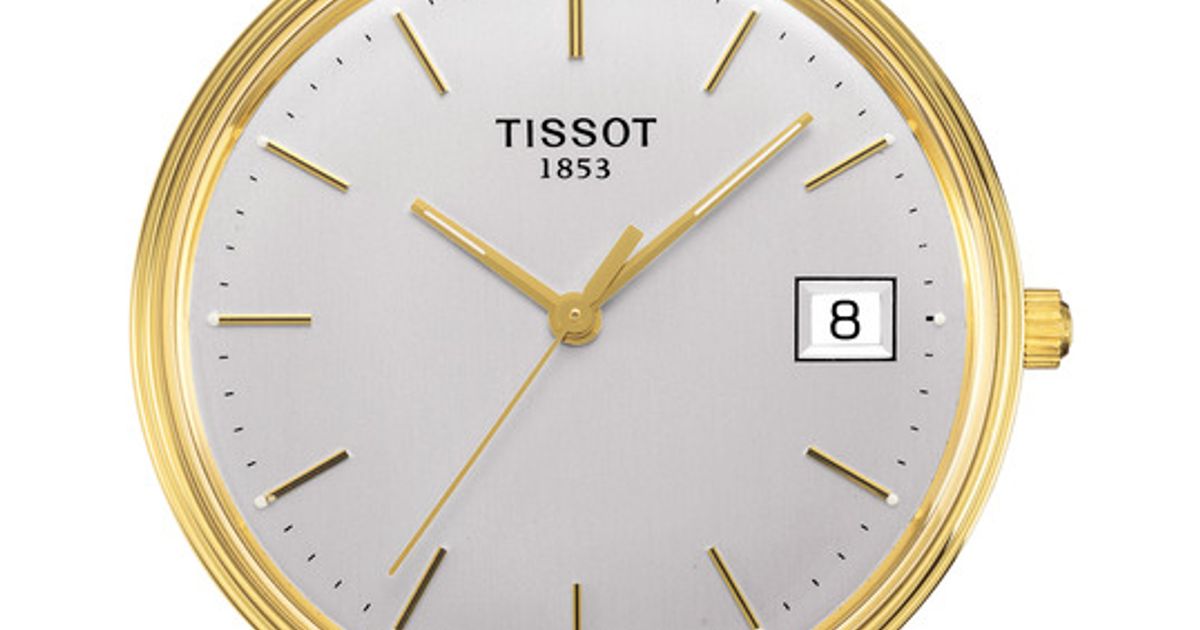

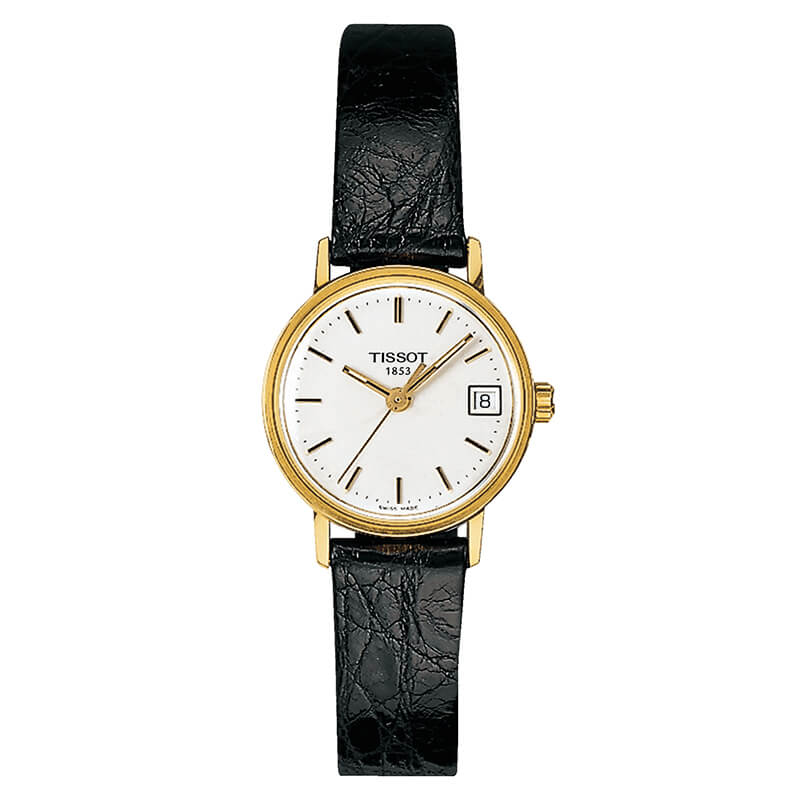
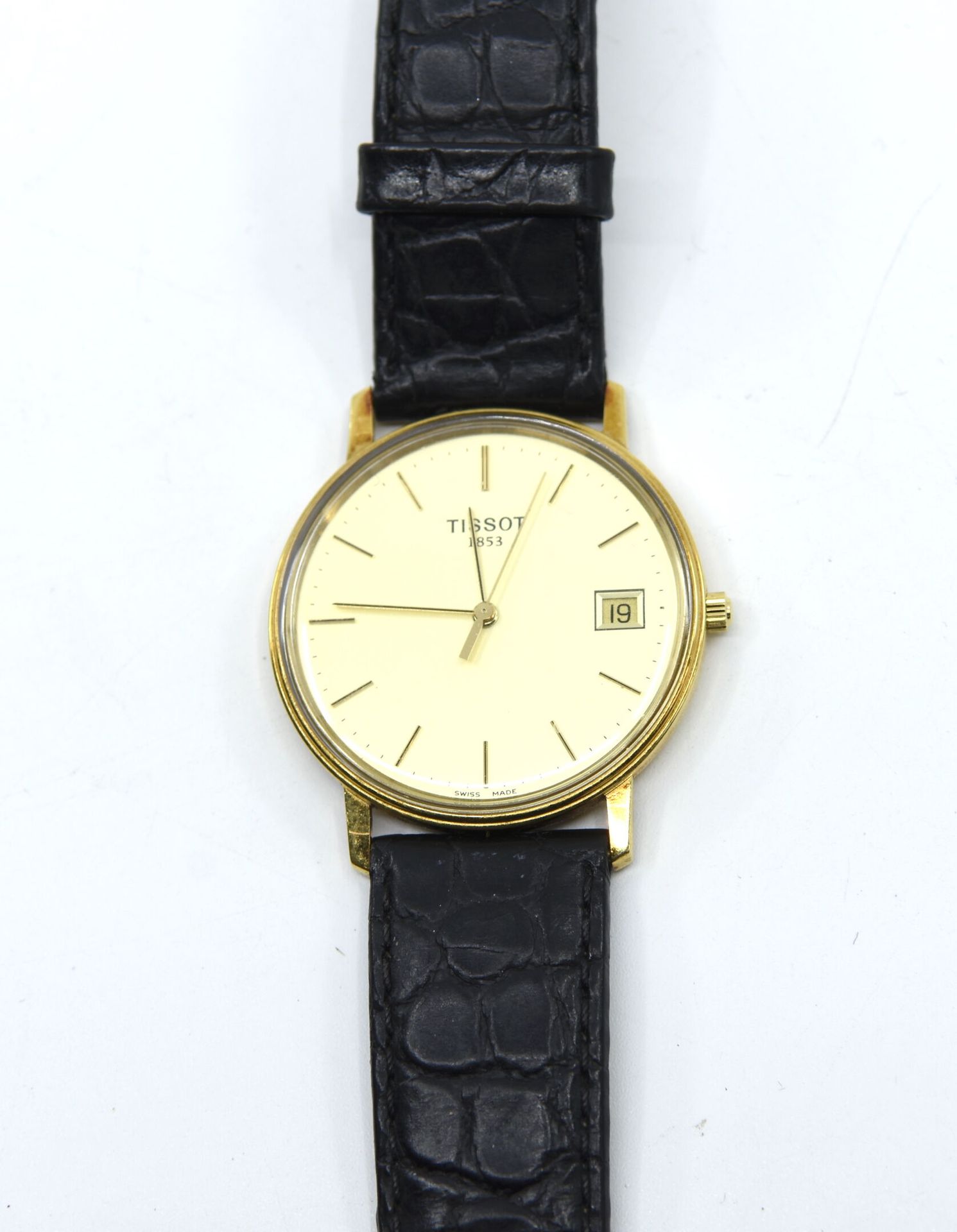


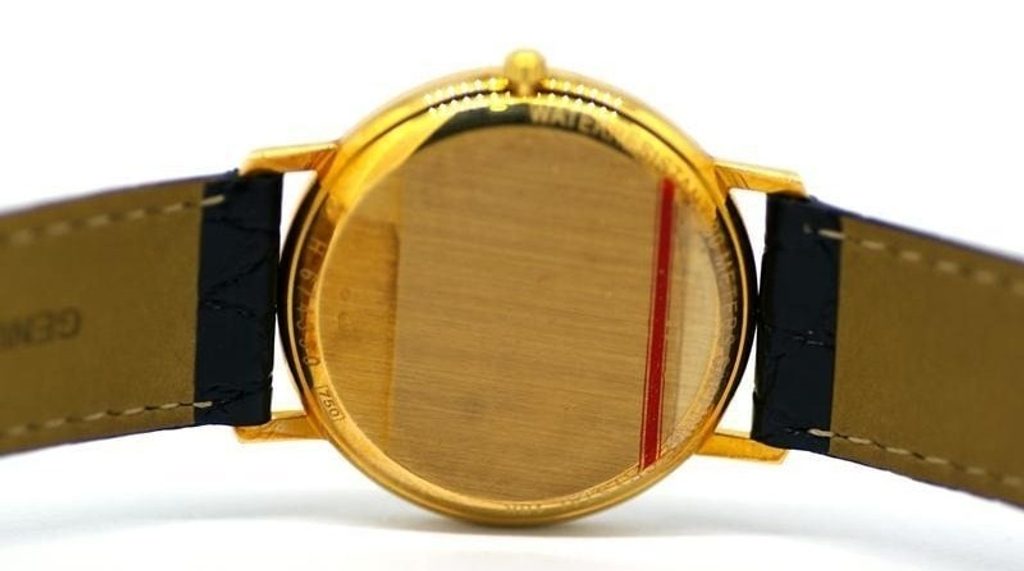

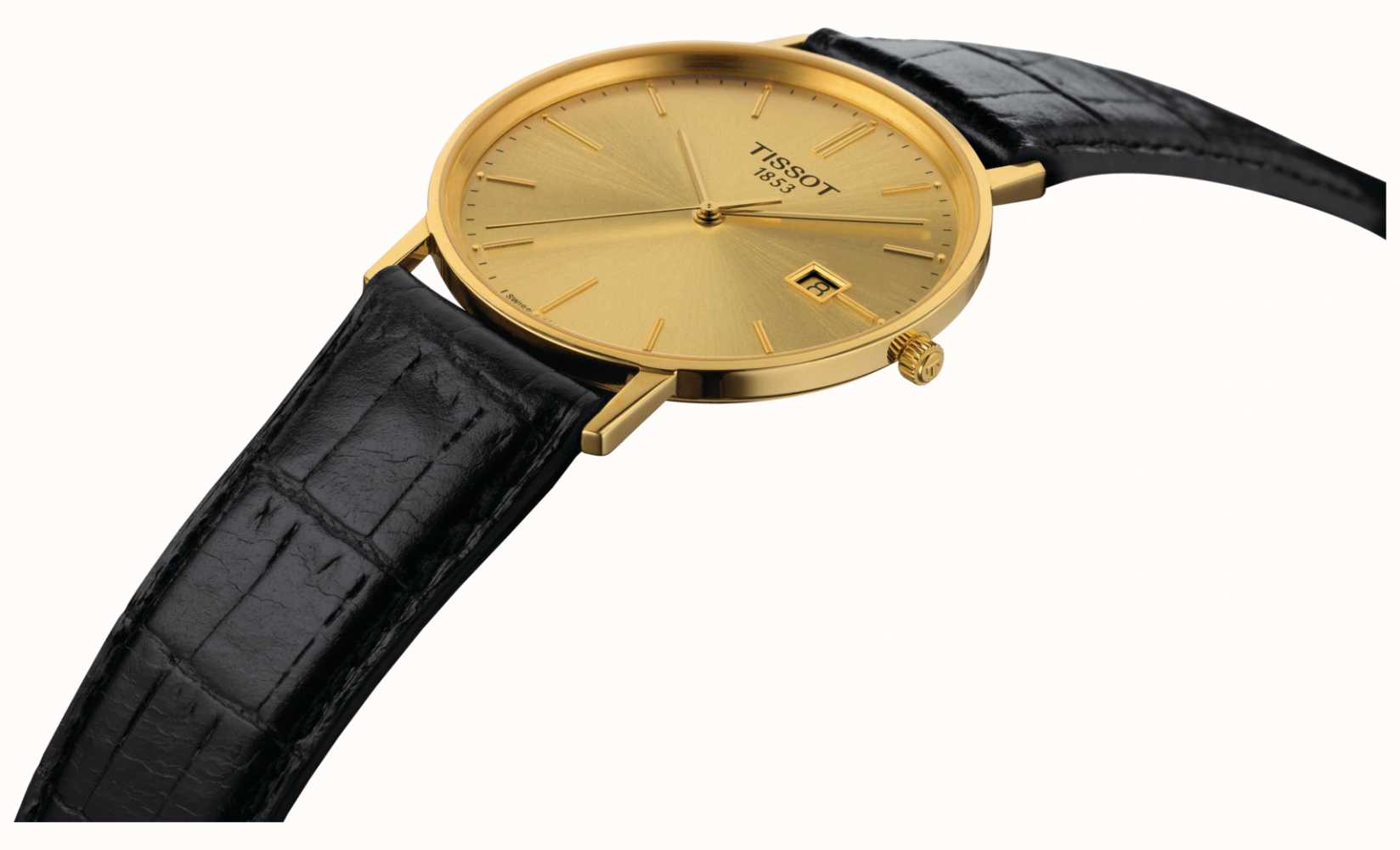

.jpg)

